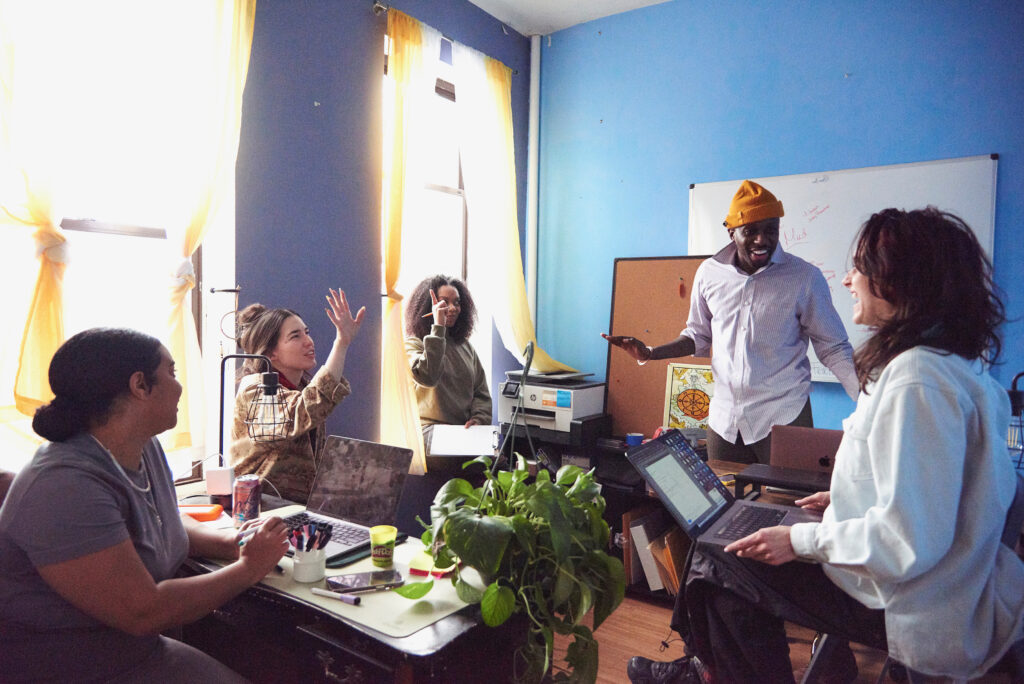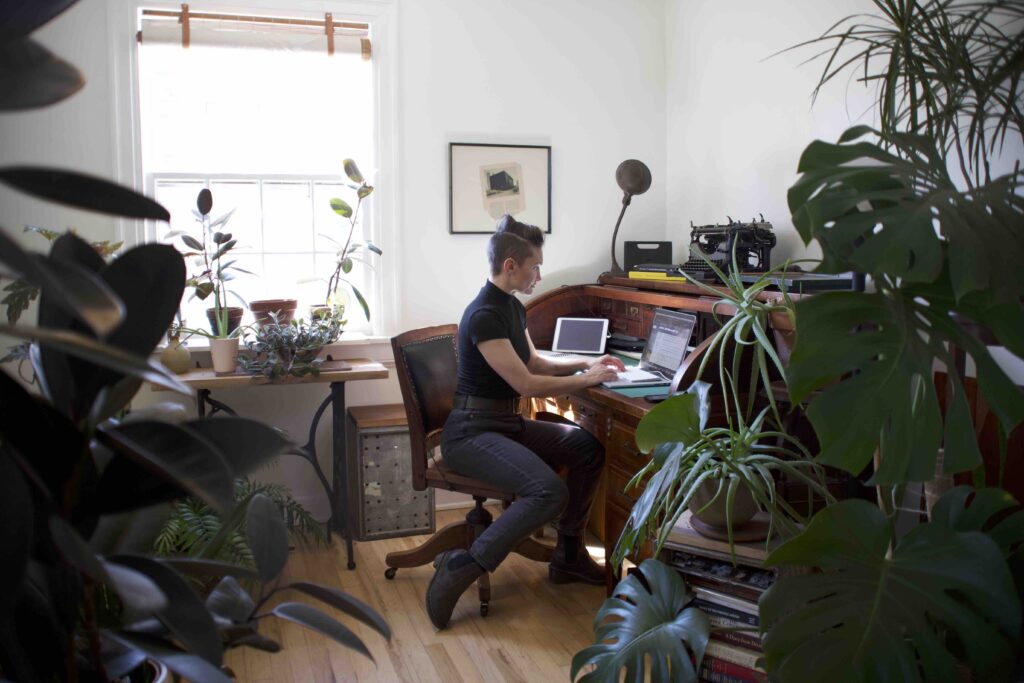
How is Marketing an Extension of the Artistic Vision? By Christy Bolingbroke
In the nonprofit performing arts sector, conventional wisdom, and formal studies have shown that finding and cultivating new audience members or donors requires more time and money than maintaining existing relationships. Many independent and project-based artists feel overwhelmed and challenged when thinking about how to reach an audience much less maintain a relationship with them.
Through NCCAkron’s Creative Admin Research Investigative Retreats, we realized the majority of the dance field working on a project basis has secondary or indirect relationships with their audiences, meaning they usually rely on an outside presenting venue to produce them and sell tickets to performances vs self-producing. This dynamic has kept many artists toggling back and forth between art-making and resource-finding—soliciting individual donations through crowdfunding and/or writing grants— without building any infrastructure to support their artistic vision long-term and ignoring their own need to build a continuing community of supporters. Working this way overlooks two crucial elements for longevity: communicating the artist’s story in between public performances and specifically identifying and cultivating the audience and community the artist wants to engage.


Photos (Left to Right): Raja Feather Kelly and members of the feath3r theory team. Raja participated in NCCAkron’s Creative Administration Research program and is an Artists on Creative Administration contributor. Photo by Kate Enman. Banning Bouldin participated in NCCAkron’s Creative Administration Research program and is an Artists on Creative Administration contributor. Photo courtesy of New Dialect.
In CAR Investigative Retreats, we use the framework of WolfBrown’s ‘Arc of Engagement’ as a starting point to consider ongoing communication strategies and thinking between new works or performances. WolfBrown’s Arc of Engagement traces how the audience experience unfolds in five stages, from “the build up that occurs leading up to an arts event” to the “impact echo” which “can last a lifetime.” These stages can prompt artists to think differently about the ways they communicate about their work. Rather than just an administrative task, marketing can be a creative exercise.
- Marketing as a different artistic medium. Marketing is a different format and complementary medium to time-based performance. It can be an extension of the art. A one-minute social media reel is not going to have the same impact of a seventy-minute performance, but how can it represent the essence or spirit of that work on stage? If the artist values multidisciplinary dancemaking, how can those values show up in the images, promotional assets, and language?
- Artifacts of the creative process as assets. What meaningful artifacts from the creative process can be shared as marketing insights—before, during, and after the performance—to extend that ‘Arc of Engagement’? Marketing and promotional materials are not only a means to ticket sales, but rather a part of the artistic process. Creative detritus like video, images, written notes et cetera can be repurposed for storytelling purposes between shows.
- Storytelling. Artists can tell their story with a greater variety of platforms and megaphones than ever before. Marketing creates more opportunities to offer artistic context or insight and to cultivate an audience. What words does the artist like to use to talk about their work? Are there any words that they don’t like to use? Intentional language carried out across projects, and in between, builds a consistent message and connection with fans and supporters. This practice also sets partners up to better describe the work rather than fall back on typical marketing-speak.
- Artistic thinking as thought leadership. Other than only talking about the next show and pushing tickets, why else should audiences and community members look to an artist or cultural organization? When might we engage with people in our operating ecosystem beyond when we want them to buy tickets or donate money?
Adapted from Artists on Creative Administration: A Workbook from the National Center for Choreography, edited by Tonya Lockyer, to be published September 24, 2024. NCCAkron Series in Dance. Copyright © 2024 by The University of Akron Press. Reprinted by permission.
Christy Bolingbroke is the Executive/Artistic Director of the National Center for Choreography-Akron. ArtsNow has partnered with NCCAkron to share case studies from this new book and beyond. Join us on September 26, 2024 for a book launch event!
Headshot Image: NCCAkron Executive/Artistic Director Christy Bolingbroke; photo by Shane Wynn.